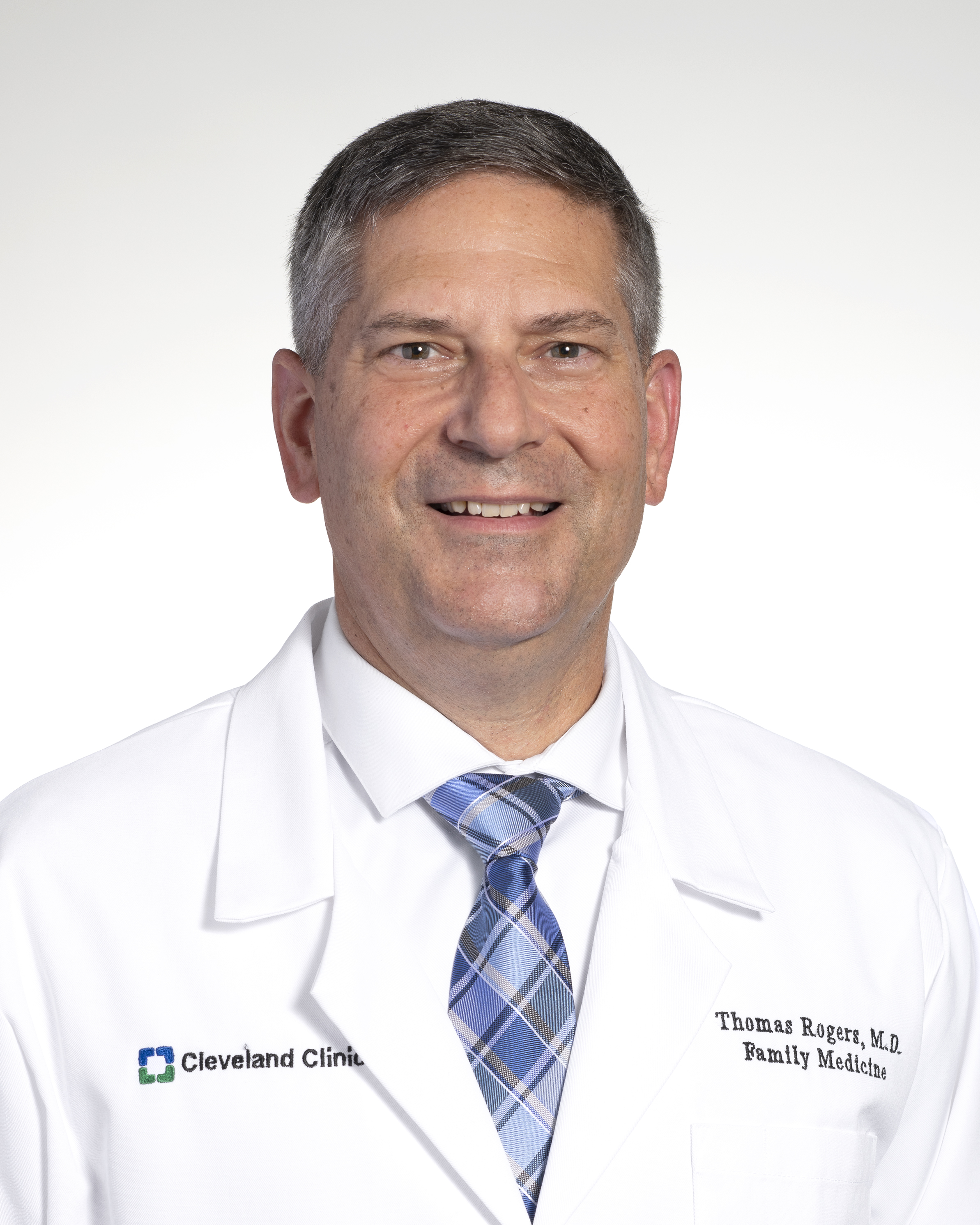While it may be desirable to offer every possible service at a hospital, a CMO must weigh the needs of the community and financial feasibility, this new hospital CMO says.
There are several keys to success in expanding clinical services at a hospital, starting with assessing the needs of the community, according to the new vice president and CMO of Cleveland Clinic Medina Hospital.
Thomas Rogers, MD, became vice president and CMO of Cleveland Clinic Medina Hospital on July 1. He previously served as vice president and CMO of Cleveland Clinic Union Hospital. He joined Cleveland Clinic following his retirement from active military service as a colonel and physician leader in the U.S. Army.
When a hospital considers expanding clinical services, the needs of the community are a crucial component of the decision, according to Rogers.
"For example, I look at the community health needs assessment that is done every couple of years by the health department," Rogers says.
The next step is to determine whether offering a new service makes sense financially, Rogers explains.
"Just like a business deal, you should not proceed if you think you are going to lose money," Rogers says. "You need to at least break even on a new service."
A hospital should proceed cautiously when deciding whether to offer a new service that is expensive to provide, according to Rogers, who cited the example of launching a new radiation oncology clinic at Cleveland Clinic Union Hospital.
"When we launched the radiation oncology clinic, we had to buy new equipment, which was several million dollars," Rogers says. "We had to ask whether we would have enough patients to come in and get services as well as whether we would lose money."
With an aging population and increasing cancer rates, it was determined that adding the radiation oncology clinic was financially feasible. The hospital also looked at the capabilities of nearby hospitals.
"We had to look at where there was the nearest linear accelerator and the nearest CT simulator, and whether it made sense in a business-case analysis to have that equipment at Union Hospital," Rogers says.
When making a decision about expanding clinical services, a hospital CMO and other hospital leaders should consider partnering with another hospital in some cases, Rogers explains.
"We all want to have everything, but it is not feasible in many cases at smaller hospitals to have everything," Rogers says. "That is why you must be open to sharing services as well as expanding services depending on the need."
 Thomas Rogers, MD, is vice president and CMO of Cleveland Clinic Medina Hospital. Photo courtesy of Cleveland Clinic.
Thomas Rogers, MD, is vice president and CMO of Cleveland Clinic Medina Hospital. Photo courtesy of Cleveland Clinic.
Promoting patient safety
Ensuring patient safety is a top goal at a hospital and a prime responsibility for a hospital CMO, according to Rogers.
"No matter what we do, patient safety must be paramount," Rogers says. "It starts from the moment a patient checks in at the hospital—making sure we have the right patient at the right time."
Simple steps can boost patient safety, Rogers explains.
"We ask patients for their name and their birth date over and over," Rogers says. "It is important because just that simple piece of what we do every day makes sure that we have the right patient in the right place."
Monitoring statistics is essential in maintaining patient safety, according to Rogers.
"For example, you must look at catheter-associated infections. You must look at wound care. You must look at whether pressure injuries are happening in the hospital," Rogers says. "You must track these conditions on a daily basis, document them, and report them."
Transparency supports patient safety, Rogers explains. CMOs should tell the staff how they are doing.
"Adverse events happen—we are all human," Rogers says. "But if we do the things we are supposed to do every day, we make patient safety paramount, and we provide high-quality care, we are doing the best that we can and patients are safe no matter where they are in the hospital."
A CMO and other hospital leaders should establish a just culture to promote patient safety and to account for when an individual may have done something outside of the established process or policy, according to Rogers.
"With a just culture, we talk about the process, not about the person," Rogers says. "We want to encourage people to speak up. We want to have psychological safety, so people can speak up without fear of retaliation."
Succeeding as a hospital CMO
The are several components in being a successful hospital CMO, according to Rogers.
"A hospital CMO needs to make sure that their caregivers have what they need to do their job," Rogers says. "A CMO needs to make sure that doctors have what they need to perform at their best level such as proper staffing and necessary equipment."
A hospital CMO needs to make sure that they are coordinating and communicating with other hospitals, Rogers explains.
While patients are the primary responsibility of a hospital CMO, the well-being of staff is equally important.
"A hospital CMO needs to make sure that patient satisfaction and the services provided to patients are good," Rogers says. "At the same time, the CMO needs to take care of their staff. The well-being of your staff is crucial. The caregiver who is doing their best and taking care of themselves takes better care of the patients."
Christopher Cheney is the CMO editor at HealthLeaders.
KEY TAKEAWAYS
When considering whether to expand clinical services, the first step for a hospital CMO is to determine community needs.
The next step is finding out whether offering a new clinical service is sustainable financially.
Hospital CMOs should also consider the services and technology that is available at other hospitals in their market.
